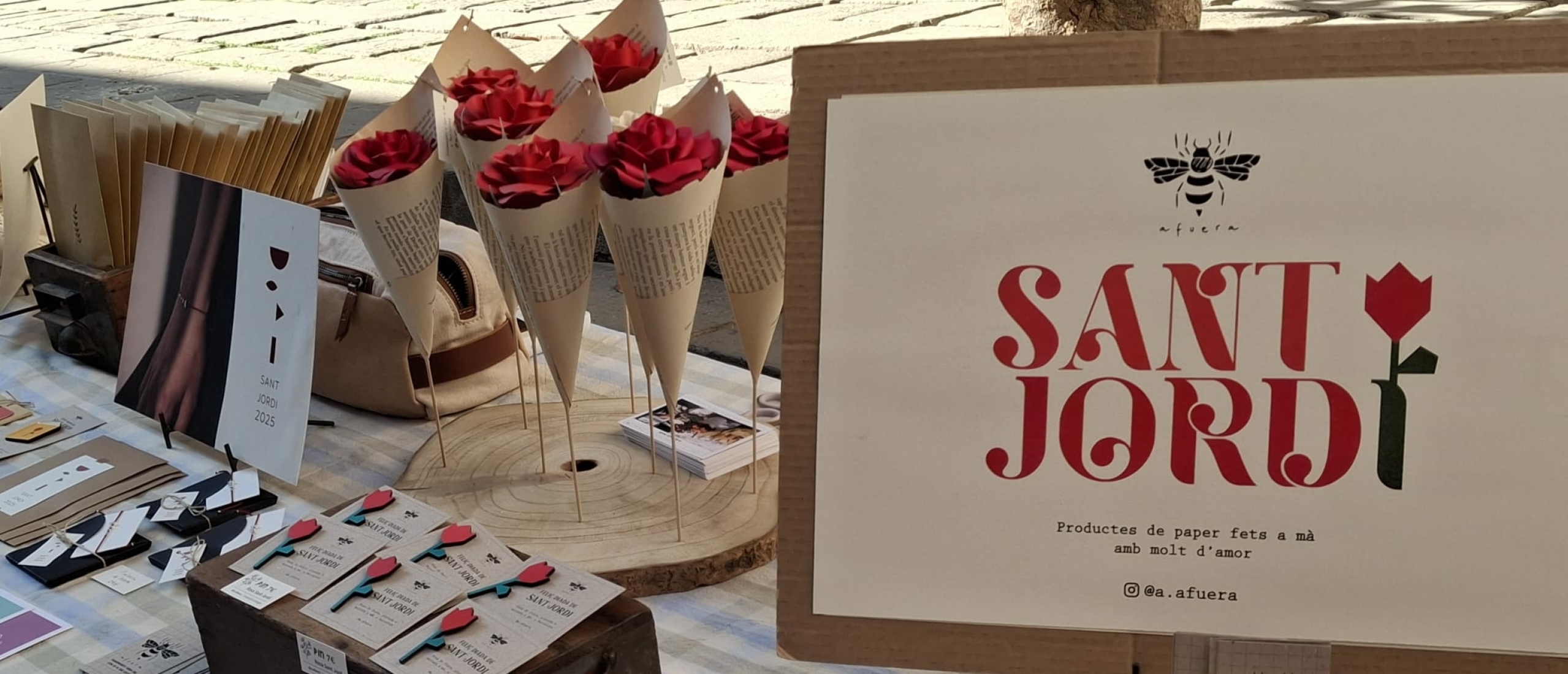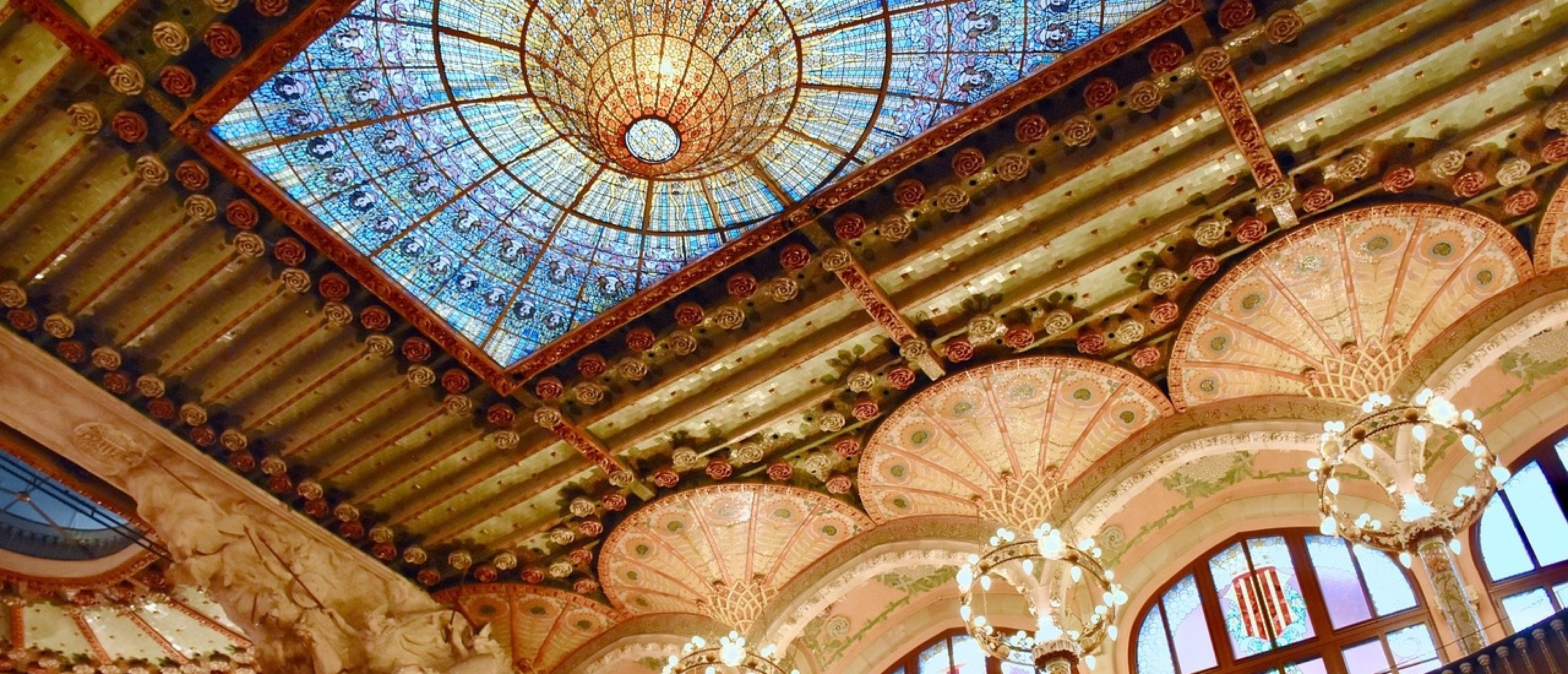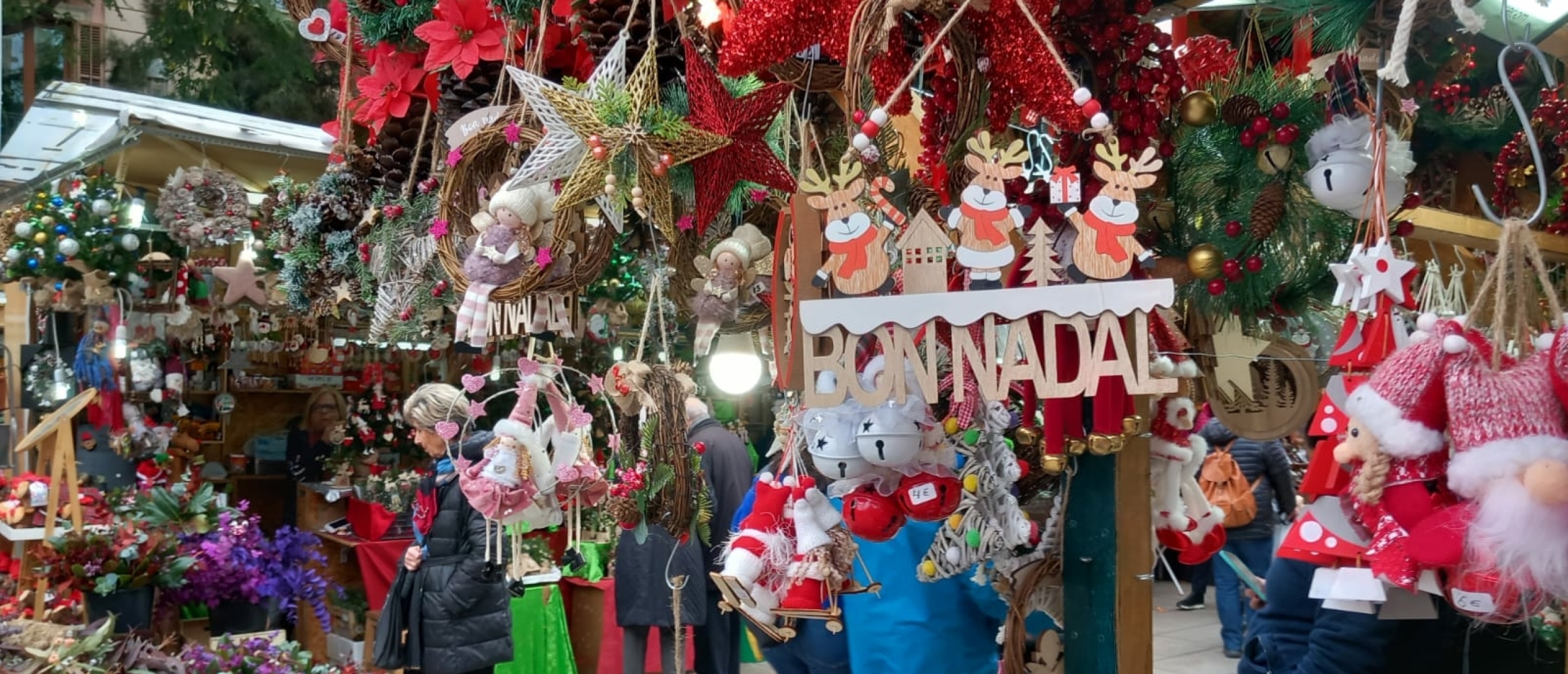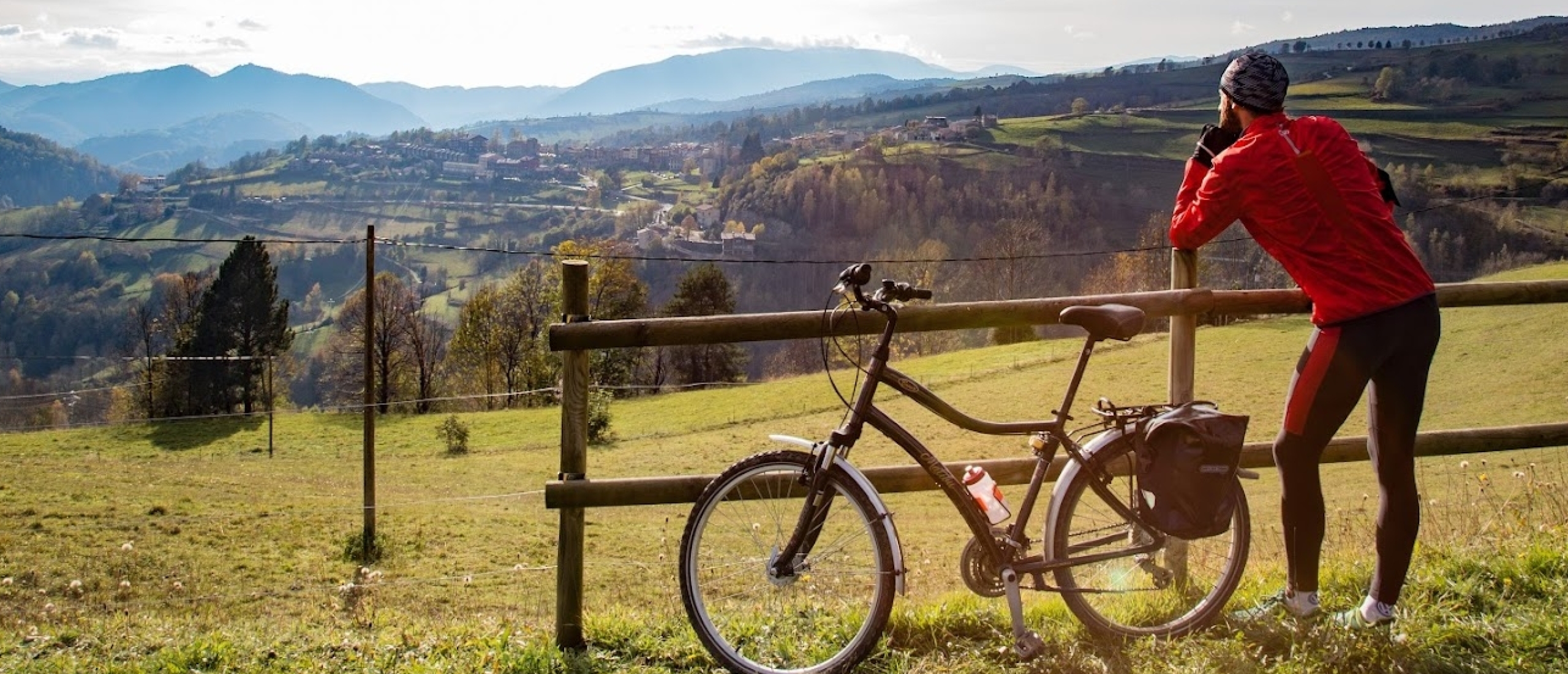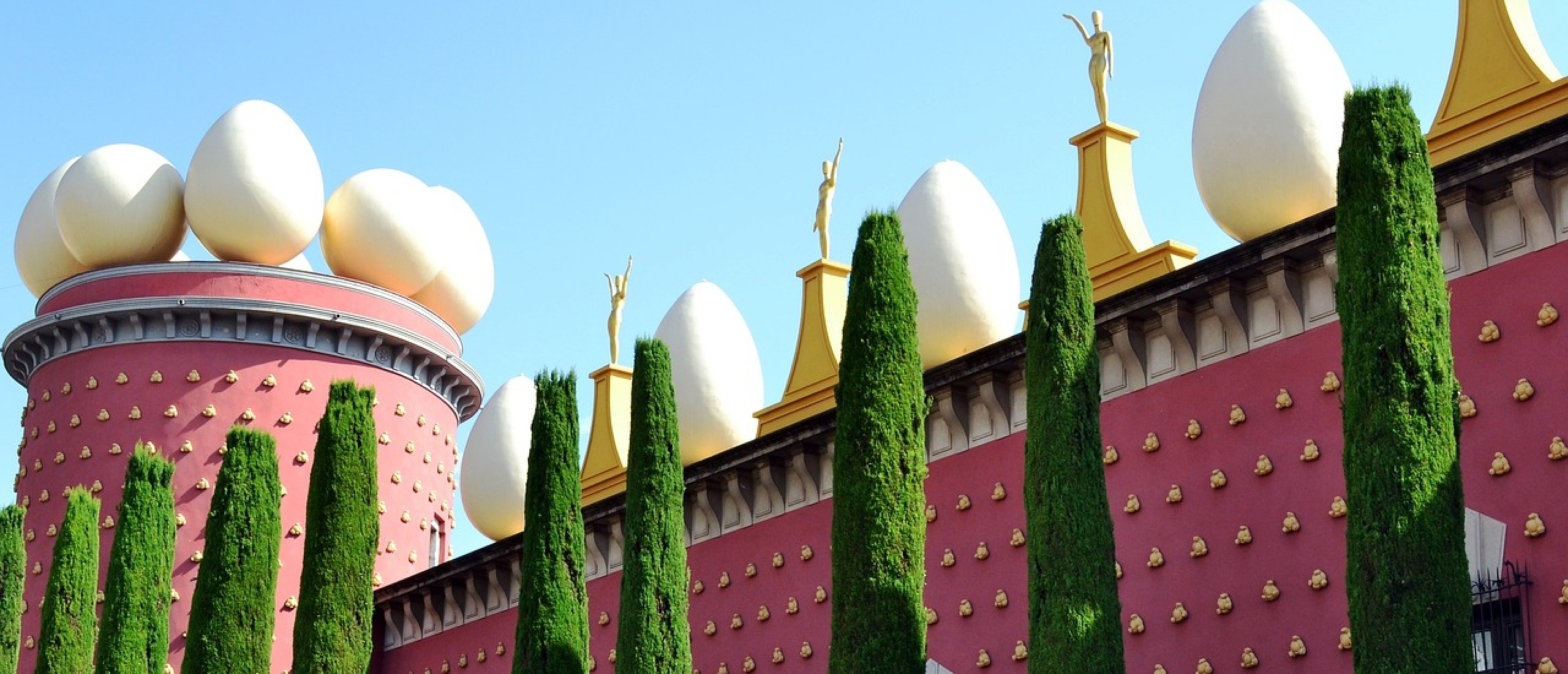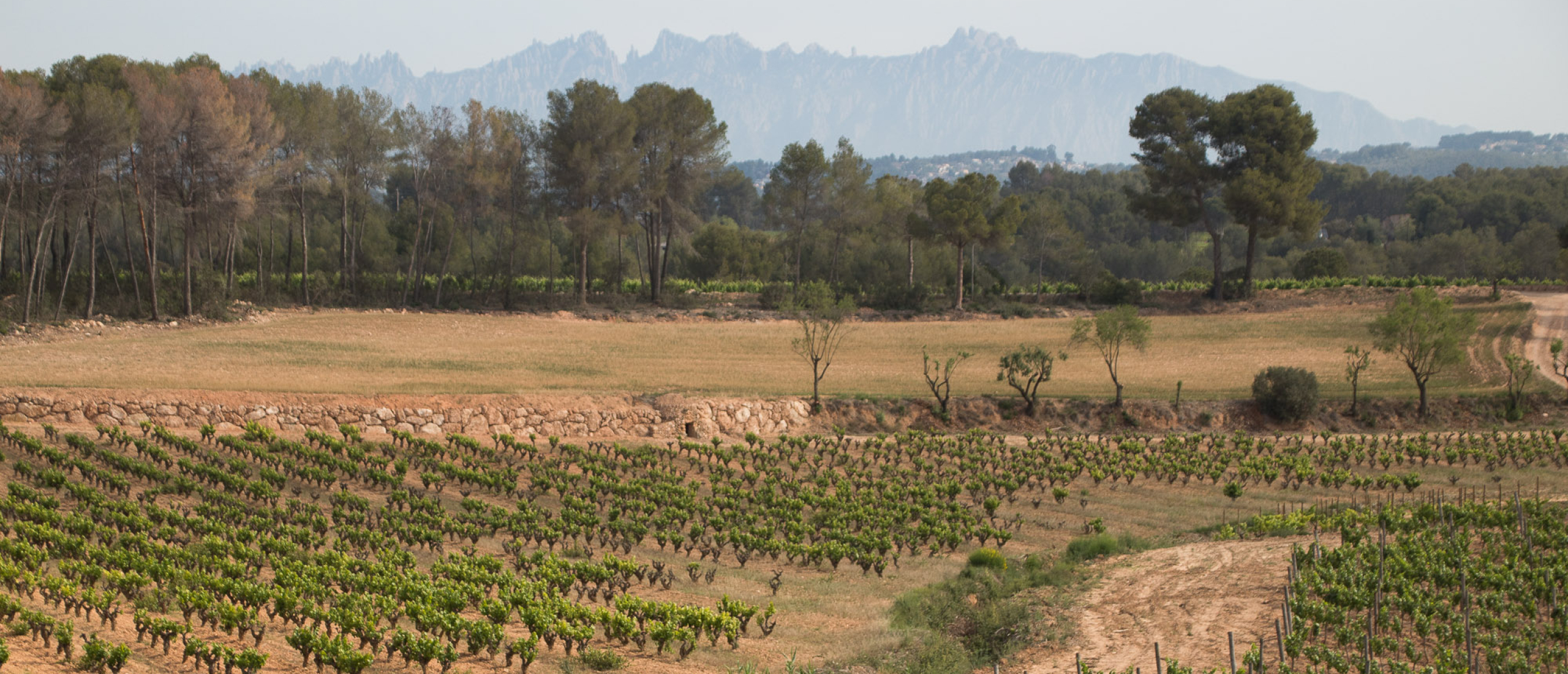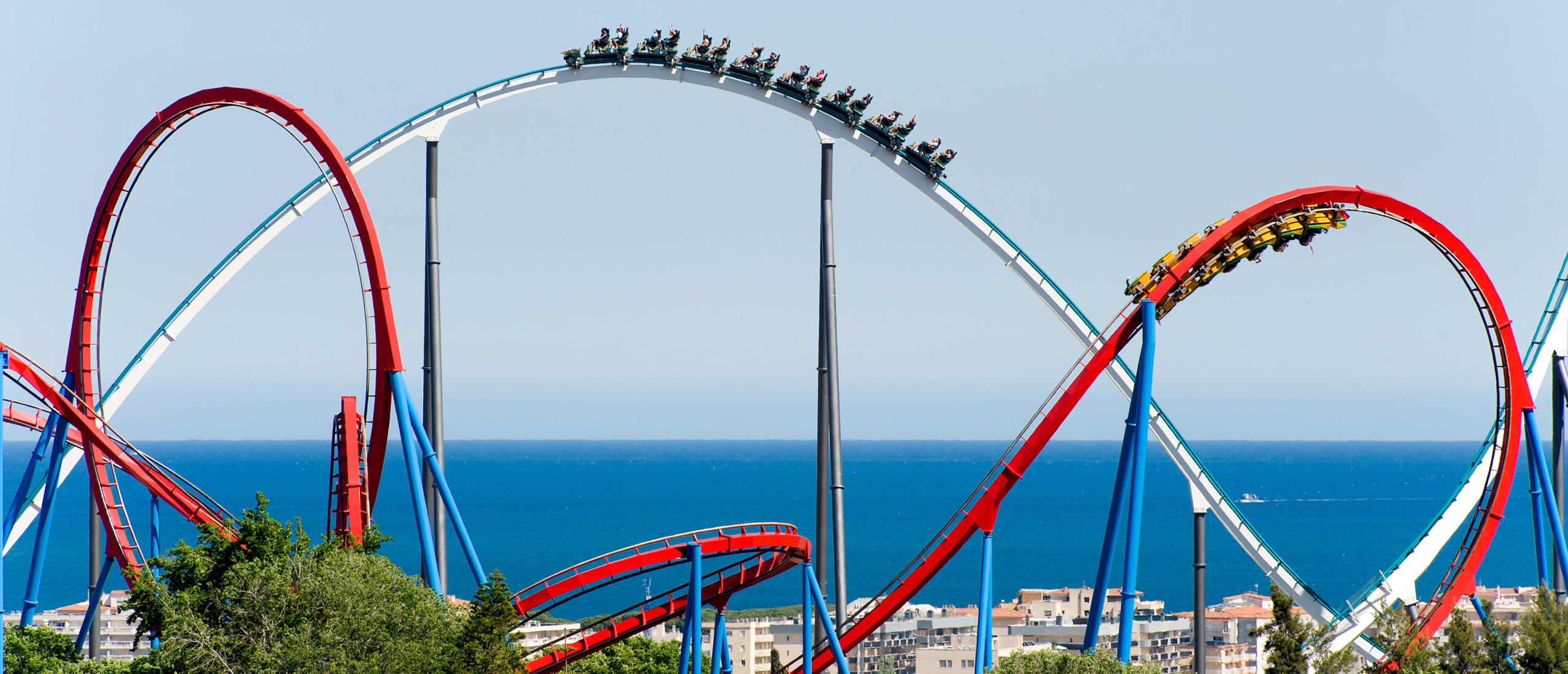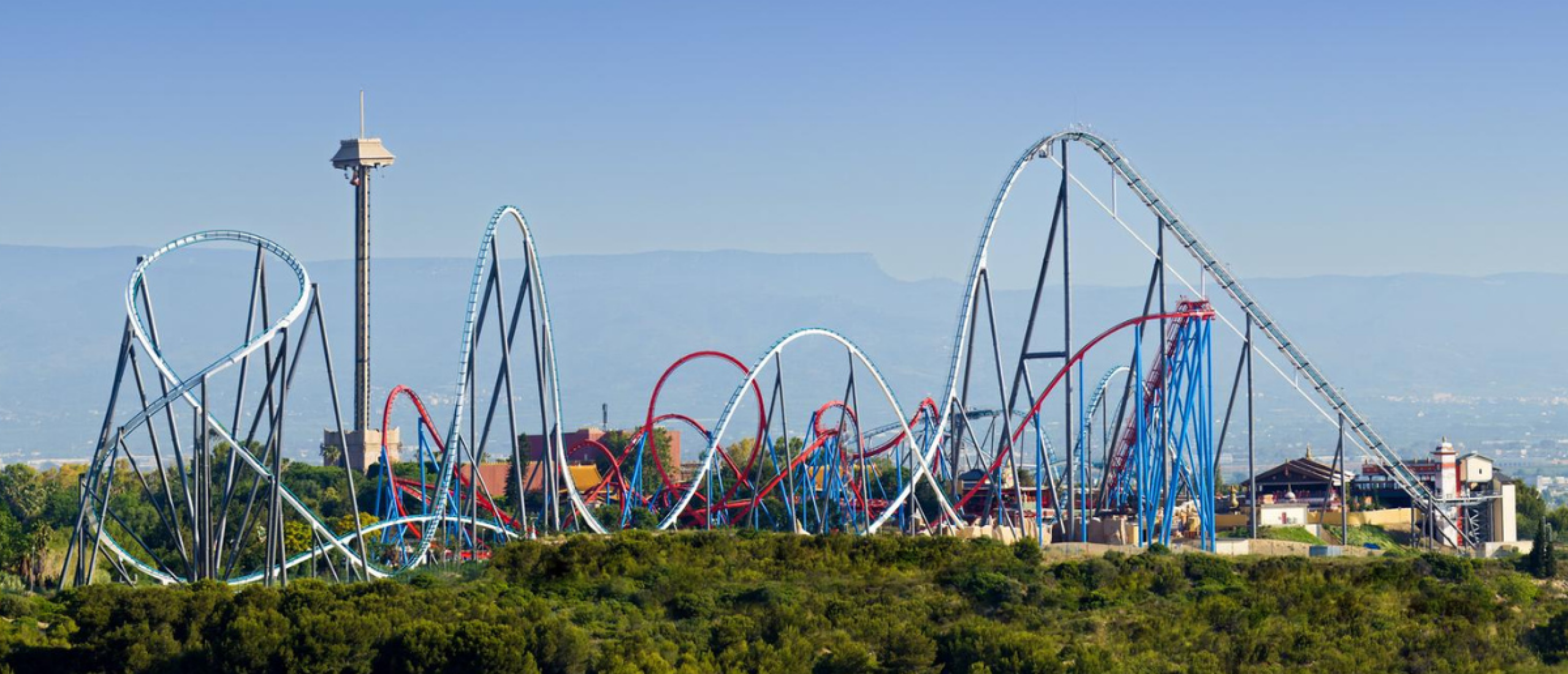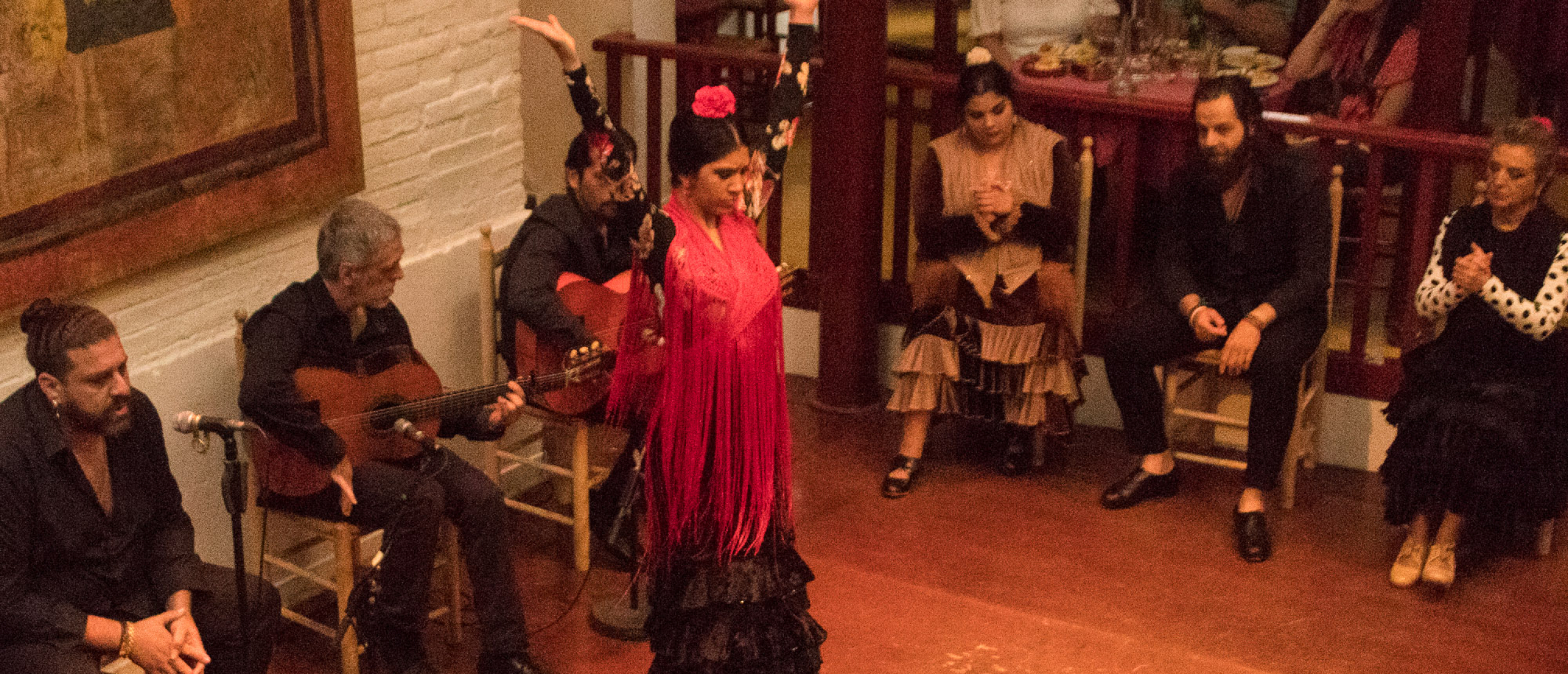
Flamenco in Barcelona
When you say flamenco you think about Andalucia. It was immigration in the 19th century from Andalusia, Extremadura and the Murcia region that flamenco arrived in Catalunya. Flamenco cafés and estancos (taverns) opened in Barcelona and its surroundings.
Gypsy neighborhoods were formed such as Somorrostro (where flamenco icon Carmen Amaya was from), and Barcelona became one of the capitals of flamenco, like Seville and Madrid.
Flamenco experienced a second boom in the 1930s, in the wake of the Universal Exhibition which took place in Barcelona in 1929. It was here that Carmen Amaya performed for King Alfonso XIII.
Carmen Amaya
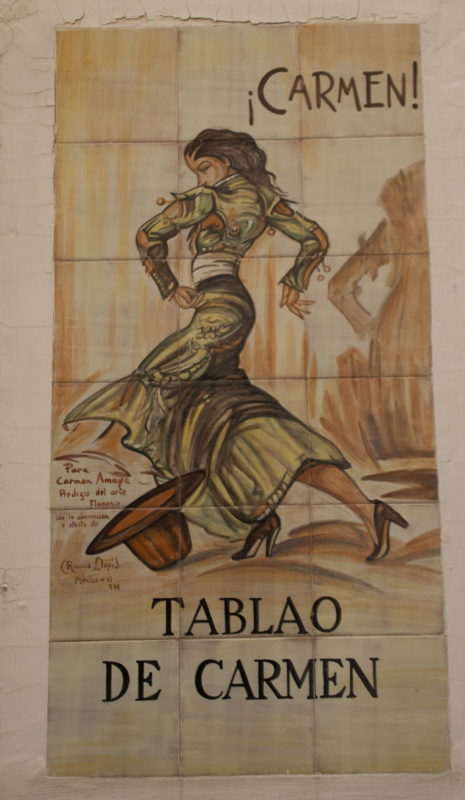 The Catalan flamenco dancer Carmen Amaya (Barcelona, 1918 - Begur, 1963) was still a little girl when she danced for the King of Spain, Alfonso XIII, in the Poble Espanyol. As a teenager, she was already part of one of the most prestigious dance companies of the time. It is said that she never rehearsed before going on stage and that she possessed an energy that was unique in the world of flamenco. She soon became a legend and is still an icon of flamenco today.
The Catalan flamenco dancer Carmen Amaya (Barcelona, 1918 - Begur, 1963) was still a little girl when she danced for the King of Spain, Alfonso XIII, in the Poble Espanyol. As a teenager, she was already part of one of the most prestigious dance companies of the time. It is said that she never rehearsed before going on stage and that she possessed an energy that was unique in the world of flamenco. She soon became a legend and is still an icon of flamenco today.
Always proud of her Barcelona origins, Carmen Amaya has triumphed in the greatest theaters of Europe, the United States and South America. She was praised and admired by great personalities of the twentieth century such as Charlie Chaplin, Fred Astaire, Picasso, Orson Welles, Marlon Brando and even the President of the United States, Franklin Delano Roosevelt.
Tablao Carmen
The Tablao de Carmen was created as a tribute to Carmen Amaya and is located in the Andalusian quarter, in the heart of the Poble Espanyol, on the mountain of Montjuïc. Built in 1929 for the Barcelona World Fair, the Poble Espanyol illustrates the richness and variety of Spanish architecture as well as the history and culture of the country.
In the heart of the Poble Espanyol, the courtyard of the Tablao, known as the Patio of the Farolillo (Lantern), is one of the highlights of the Barcelona flamenco scene. It was here that Carmen Amaya danced before King Alfonso XIII.
Combining a visit to the Poble Espanyol with a flamenco dinner show at Tablao de Carmen is one of the most authentic experiences you can have in Barcelona.
Shows, twice a day with food & drinks
Traditionally, tablaos are places to watch flamenco that derive their name from the Spanish word “tabla,” the wooden boards which cover the stage and on which the dancers make their heels sound. After more than thirty years of existence, the Tablao de Carmen is a reference of flamenco in Spain. The space of the Tablao is conceived in such a way that there is a closeness between the artists and the spectators. As was customary at the time, the spectator eats and drinks at the table during the show.
Many of the flamenco artists who work at the Tablao today - singers, guitarists, dancers - have been involved since the beginning. The Tablao de Carmen is a breeding ground for flamenco talent so you can also see young artists representing the new generation of flamenco in Barcelona on the stage.
Want to see this in real life? Twice a day, the Tablao de Carmen offers a one-hour show that allows you to discover the three arts of flamenco: singing, dancing and guitar. The group of artists who perform regularly in a tablao is called cuadro de la casa. The cuadro de la casa is composed of guitarists, bailaores (dancers), palmeros (those who clap their hands to accompany the singing, dancing or guitar) and cantaores (singers). Each evening is unique and contains a great deal of improvisation, just as flamenco requires.
Tablao de Carmen is the only one in Barcelona that offers its guests the possibility of eating and drinking during the show, as was traditionally done. The cuisine is prepared on site by Rosalía, an Andalusian chef who has been working at the Tablao for many years, using carefully selected local products. The Tablao offers meals suitable for everyone, whether you are vegetarian, celiac or vegan.
Enjoy the traditional atmosphere of flamenco during one of the shows! It is an amazing show and the food with all kind of tapas like patatas bravas, croquettes and cheese is just great. The tapas are accompanied by water, wine or sangria. Had a wonderful time at Tablao de Carmen!
Flamenco workshop
Want to learn some steps of flamenco yourself? For groups it is possible to have a flamenco workshop before the show. Contact us for a proposal!
Combine with visit Poble Espagnol
Tablao de Carmen in located in Poble Espangel, an open-air architectural museum, nestled on the iconic Montjuïc hill, and offers you a travel through the diverse regions of Spain. Stroll through winding streets and discover replicas of famous Spanish buildings, from the grand Alhambra to the charming streets of Barcelona's Barri Gòtic. Explore the rich tapestry of Spanish architecture, culture, and craftsmanship at Poble Espanyol in Barcelona.
Poble Espanyol is not just a museum; it's a living representation of Spain's cultural heritage. When you book a show at Tabloa de Carmen the entrance to Poble Espagnol is included. With the Barcelona card you will get a discount and the hop-on/hop-bus will get you there!

